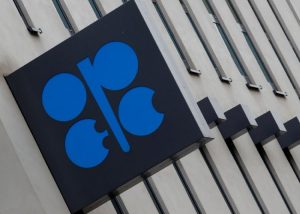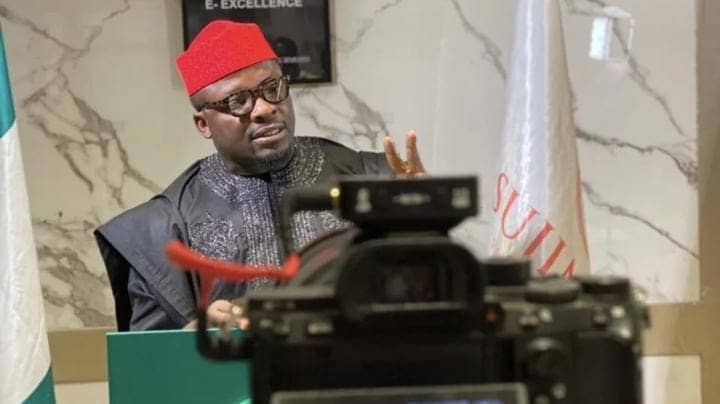
The Organisation of Petroleum Exporting Countries (OPEC) on Thursday failed to agree on whether or not to keep crude oil output at current levels or open the taps for a further easing of production quotas by roughly two million barrels between now and December.
Earlier, there were expectations that the cartel could boost production output by another 400,000 barrels beginning in August, an increase seen as likely to be easily absorbed by the market amid expectations for rising demand.
It was gathered that the Joint Ministerial Monitoring Committee (JMCC) failed to come to a conclusion on the recommendations and will meet again today to iron out the rough edges.
At the inconclusive meeting, the OPEC+ ministerial committee had proposed the planned increase to the wider group, but a disagreement between Saudi Arabia and Russia, the biggest producers in the OPEC+ alliance, remained largely unresolved.
Last year, following the death-blow, dealt on the oil market by the COVID-19 pandemic, OPEC+ resolved to cut output by almost 10 million bpd from May 2020, with plans to phase out the curbs by the end of April 2022.
Before the deferment of the meeting, oil prices reacted with Brent crude trading above $75 a barrel, close to a two-and-a-half-year high as the policy from August to December was being awaited.
While the full house decided to shift a definitive decision on the matter till today, OPEC had earlier finished its meeting just before an OPEC+ ministerial committee met after that, before the inconclusive one by OPEC+ ministers.
The Joint Technical Committee (JTC) of OPEC had a day earlier stated that it expected oil demand to grow by six million bpd in 2021 but flagged risks of a glut in 2022, saying there were “significant uncertainties” including an uneven global recovery and rising cases of the Delta variant of Coronavirus.
Sources close to the meeting said the idea of a gradual increase featured in both policy drafts put forward for the vote at the ministerial meeting, while one of the proposals suggested extending the coalition’s output restraint deal until the end of 2022.
Russia hinted that it viewed the current oil price of around $75 per barrel as a sign of overheating, prompting Moscow to support a further increase of production by the group, with Russian Deputy Prime Minister, Alexander Novak, saying that prices in a range of $45-$60/bbl would be optimal.
One of the factors that could shape the decision today is the status of talks between Iran and the U.S., which are seeking to revive their nuclear pact and potentially lift sanctions on the Islamic Republic’s oil exports.
Speaking during one of the sessions, the Secretary-General of OPEC, Dr. Sanusi Barkindo, had urged members to be watchful of the pace of the global vaccination rollout versus the speed of COVID-19 variants taking hold.
He, however, stated that OPEC still sees growth in the second half of the year.
On the supply side, Barkindo reiterated that non-OPEC liquids production in 2021 is forecast to grow by 0.8 mb/d, a drop of 0.1 mb/d from the number presented in November 2020.
He said OPEC member-countries and all Declaration of Cooperation (DoC) participants had contributed to the rebound and recovery since November last year, with overall conformity levels consistently over 100 per cent.
He added that the administering of three billion doses of vaccine against COVID-19 worldwide represents an unprecedented achievement in the history of medical science, combined with the effects of around $26 trillion in fiscal and monetary stimulus in some countries.




